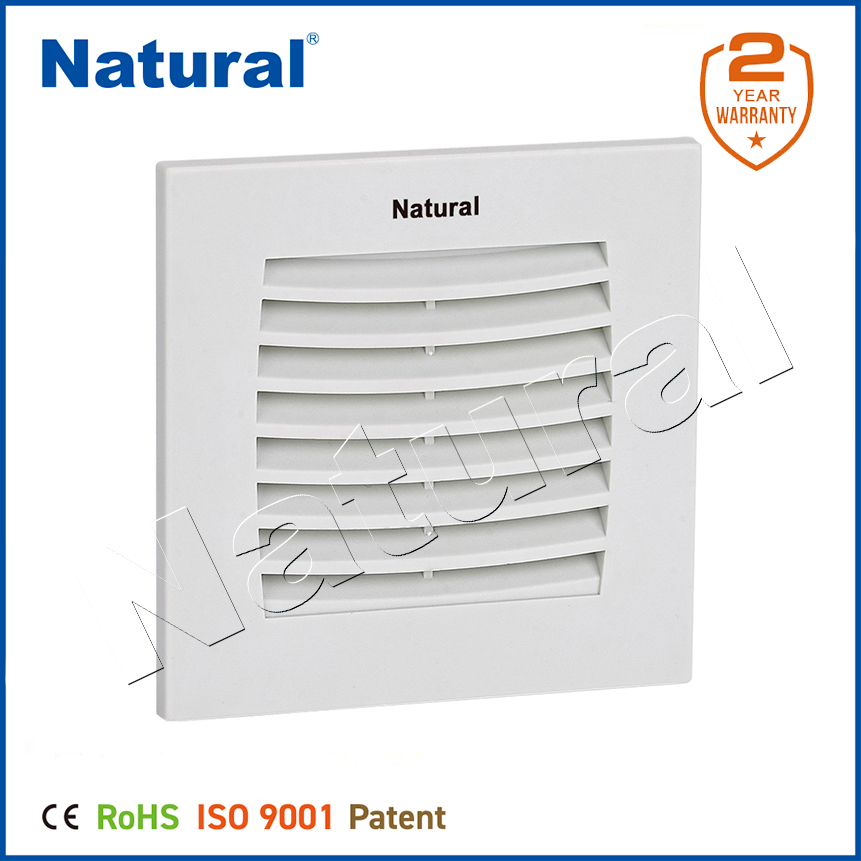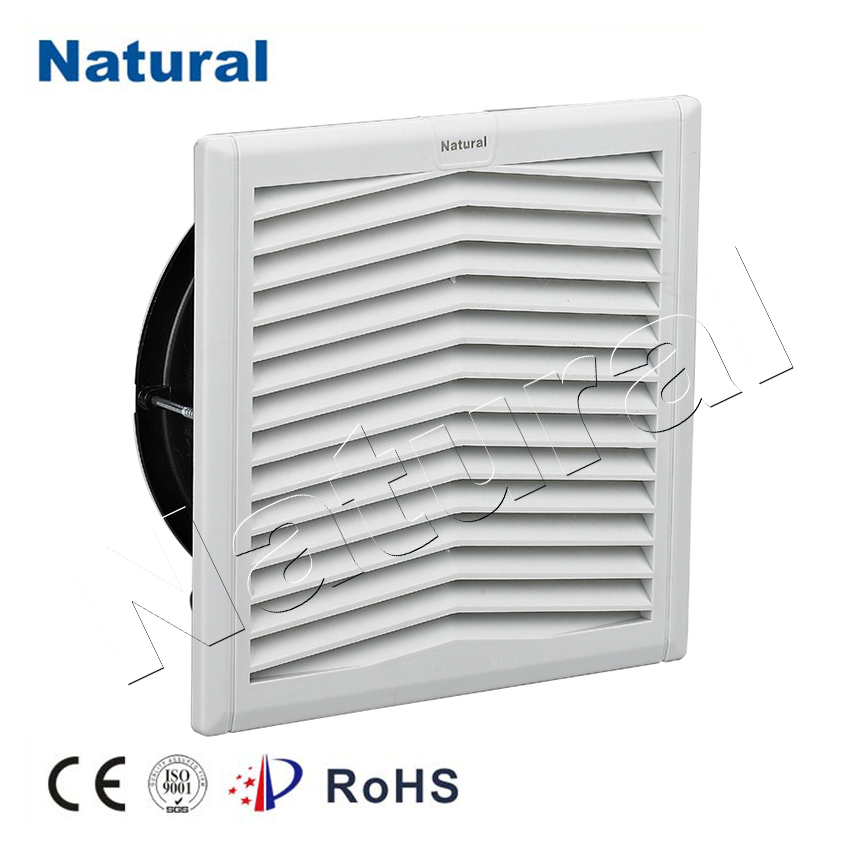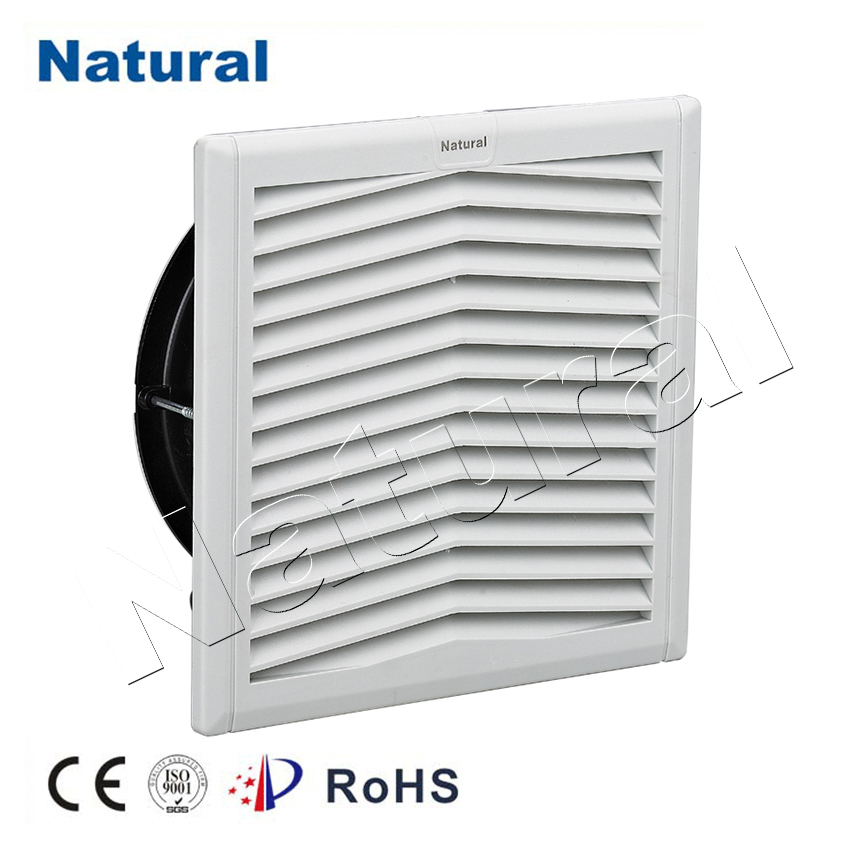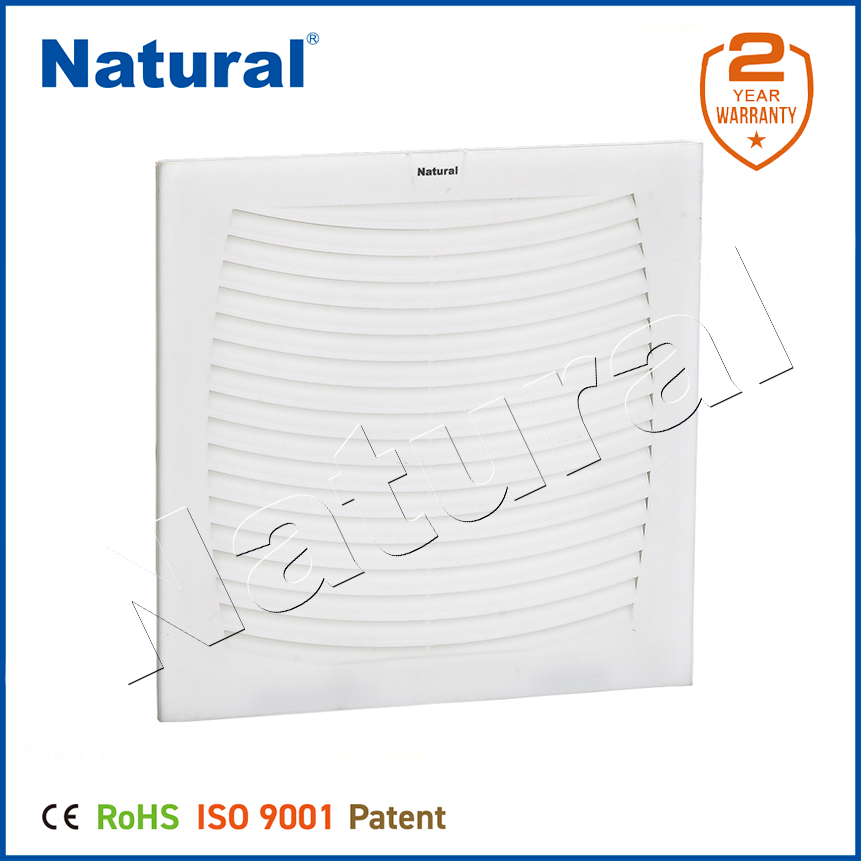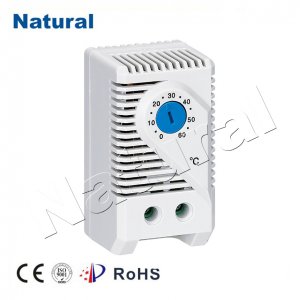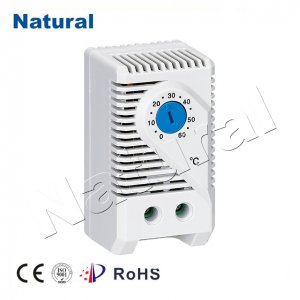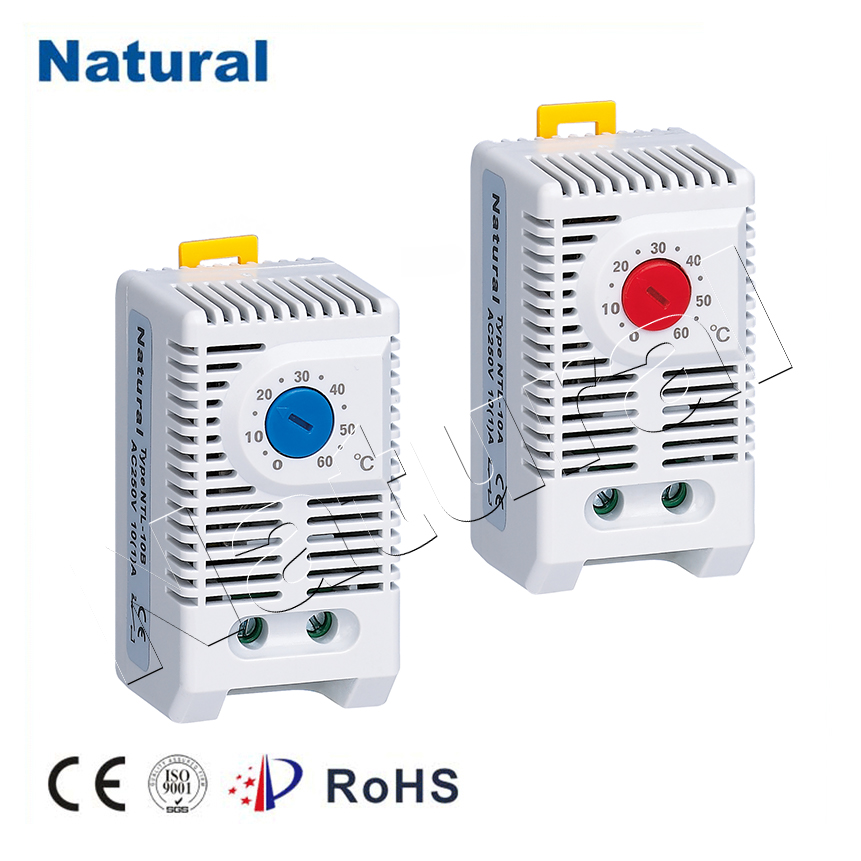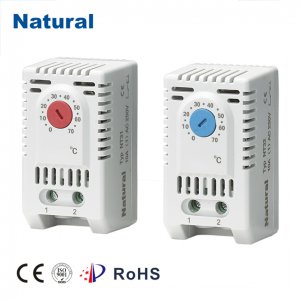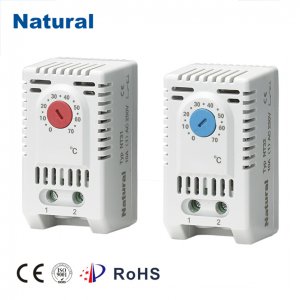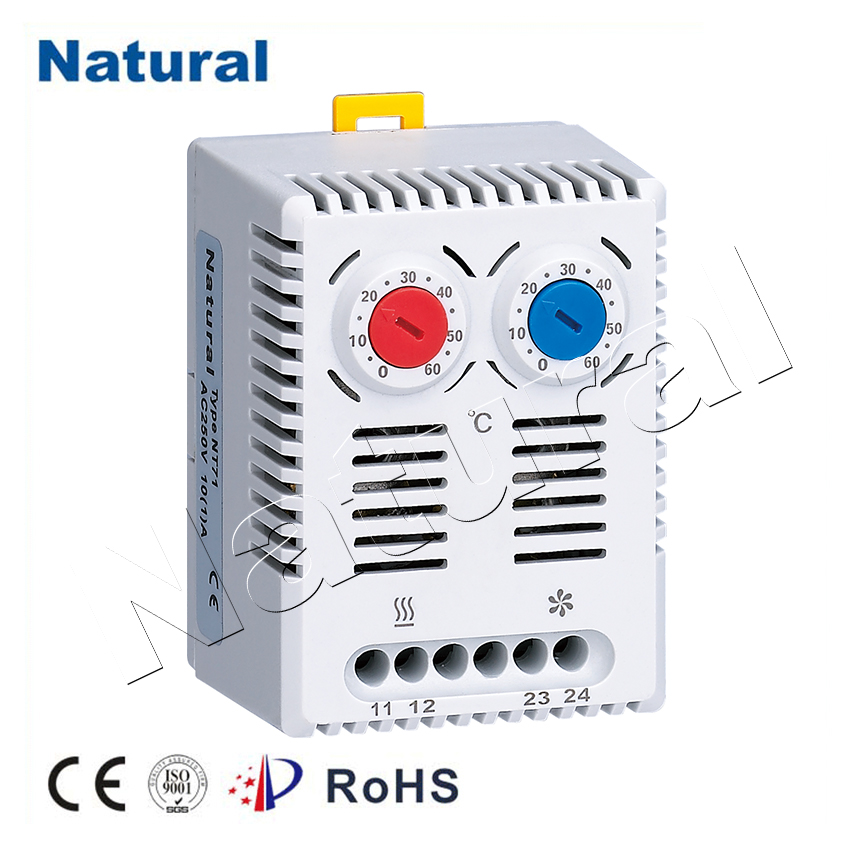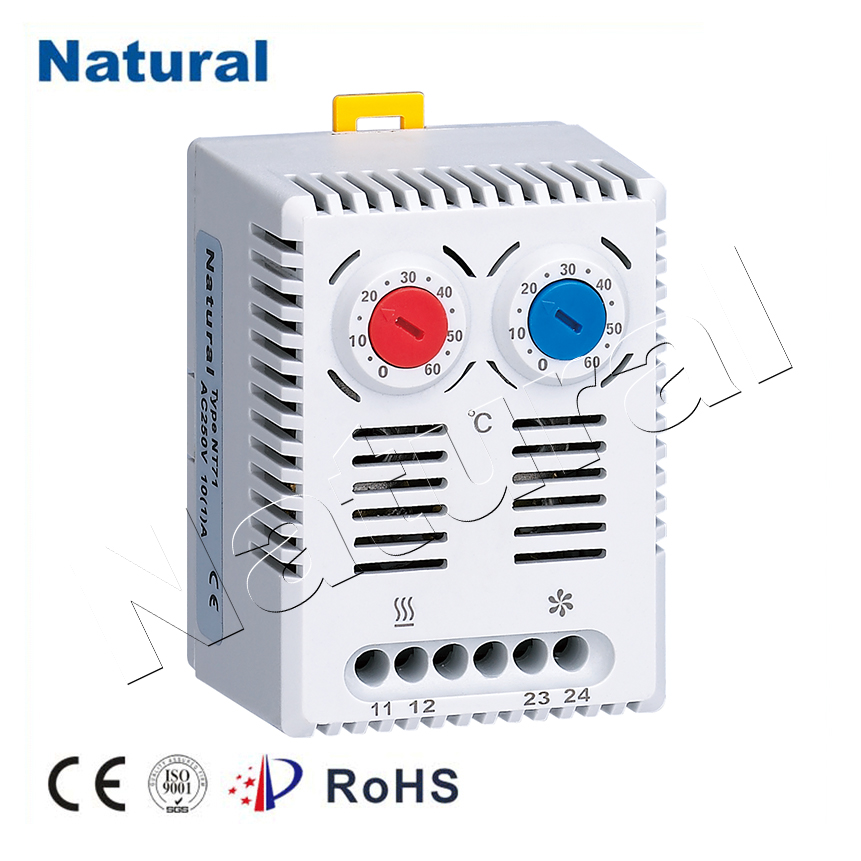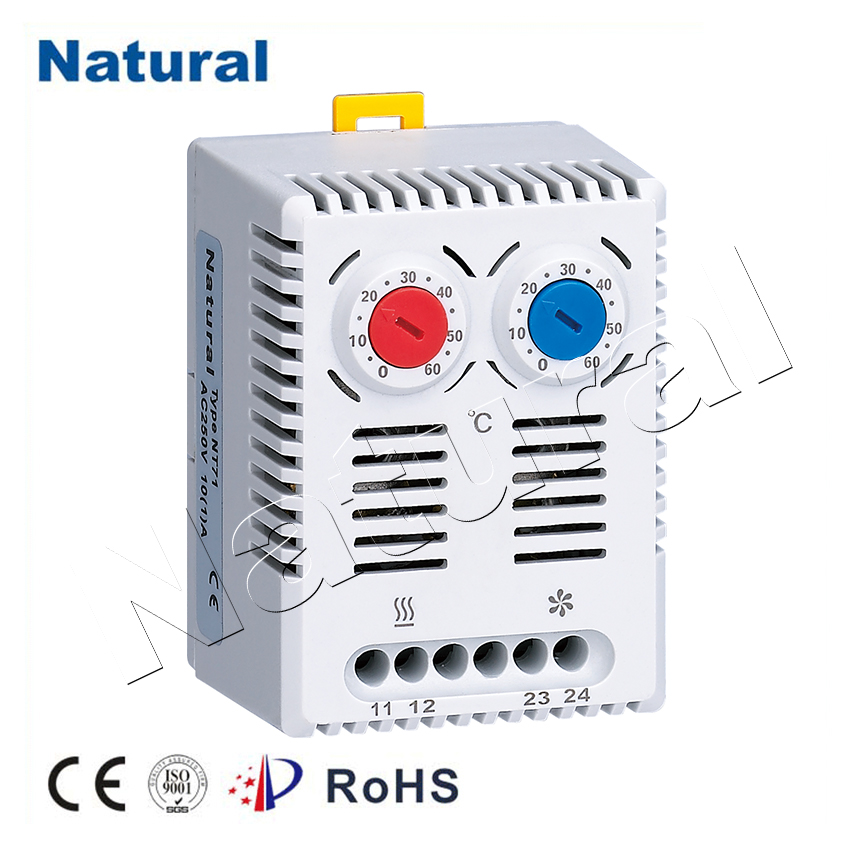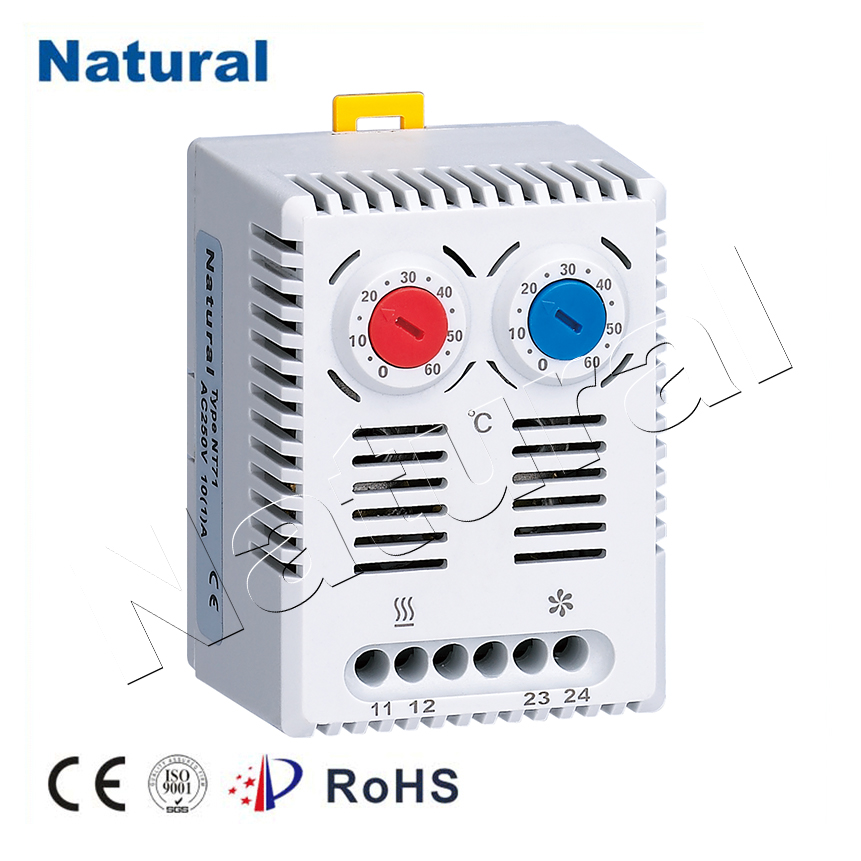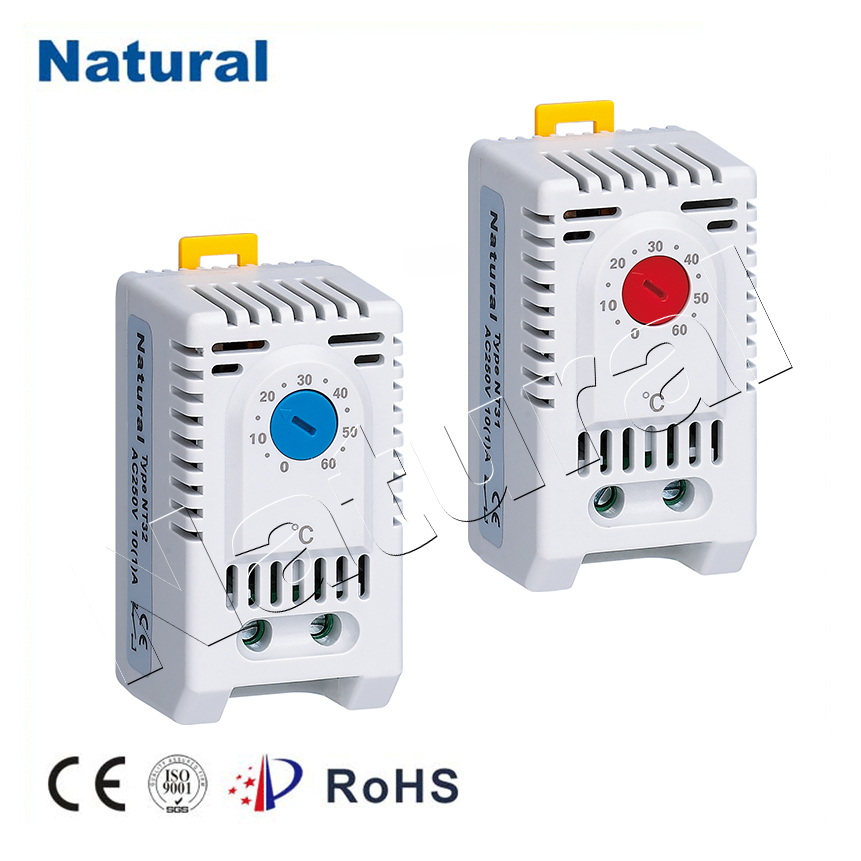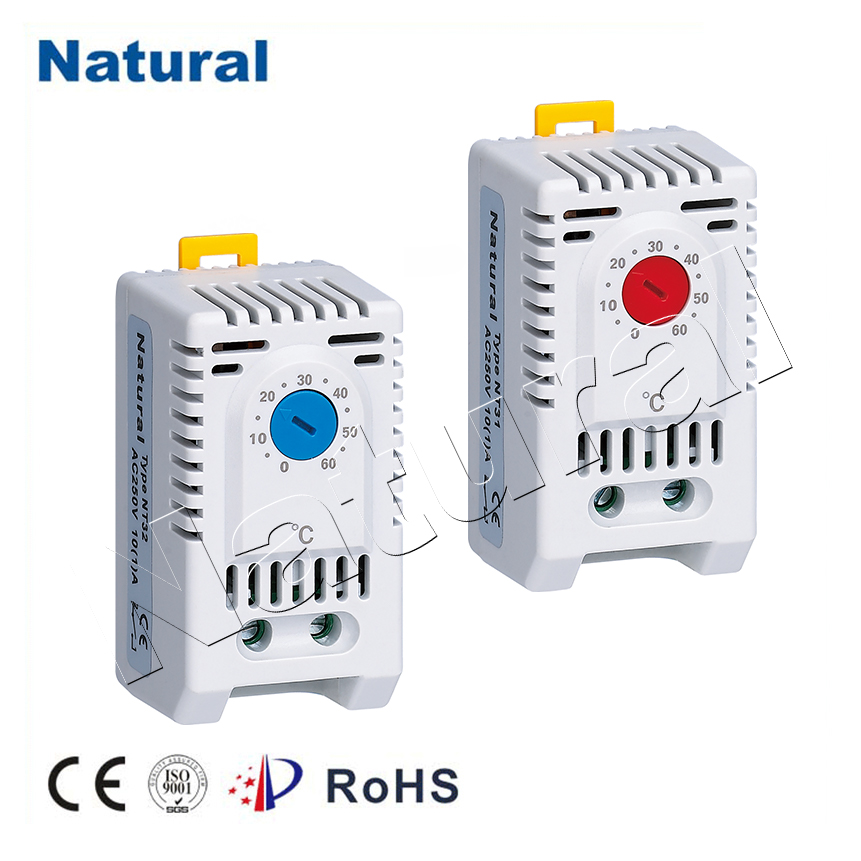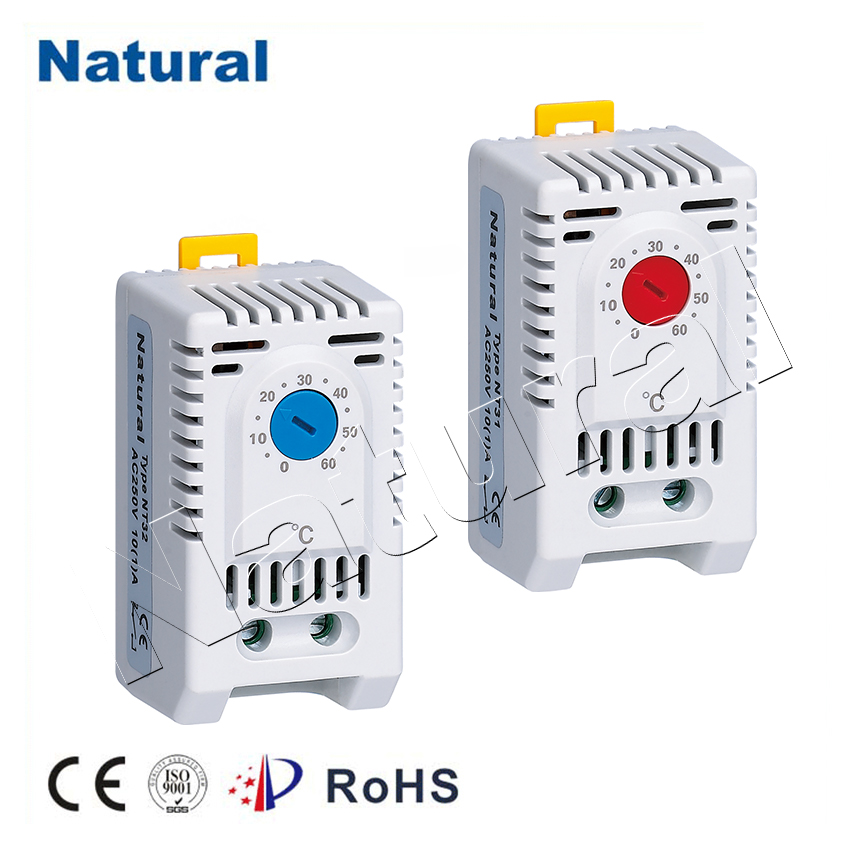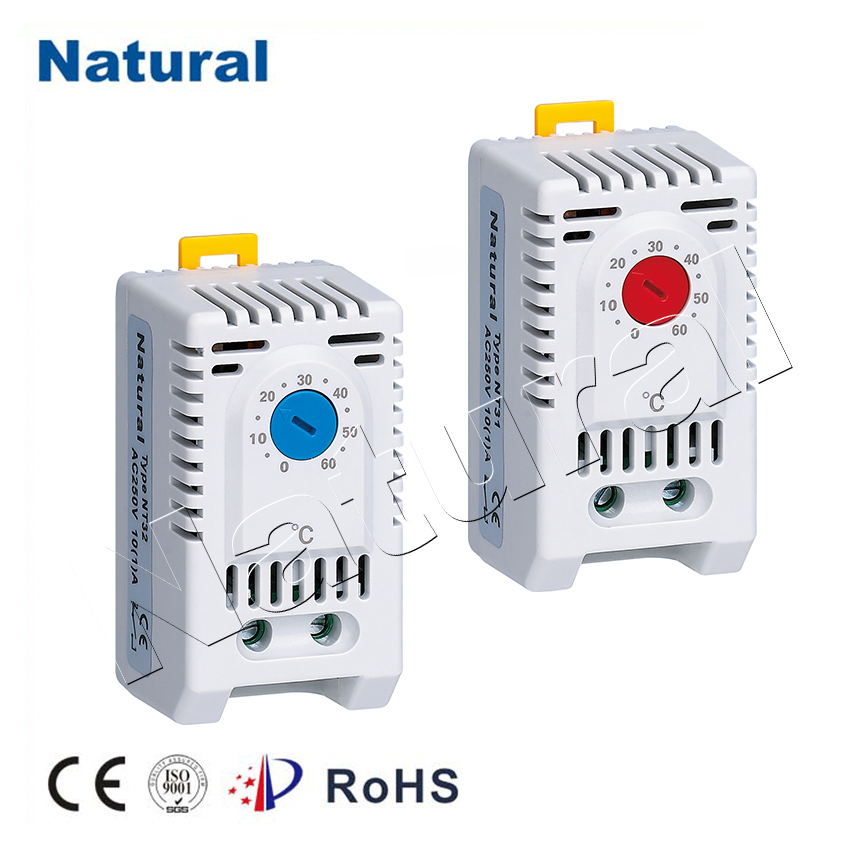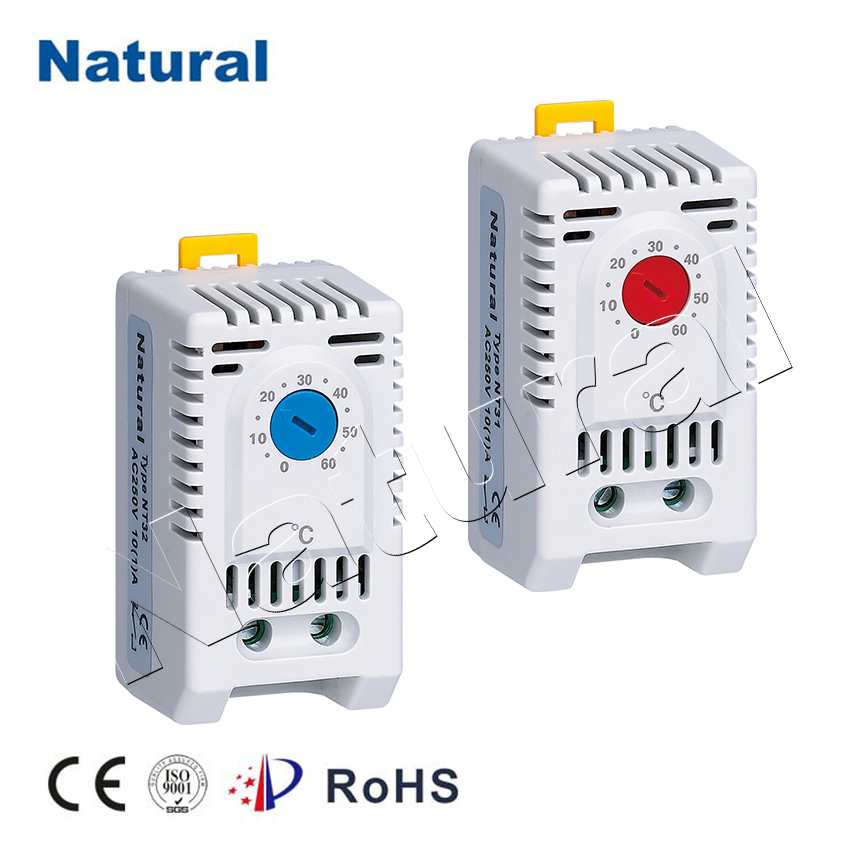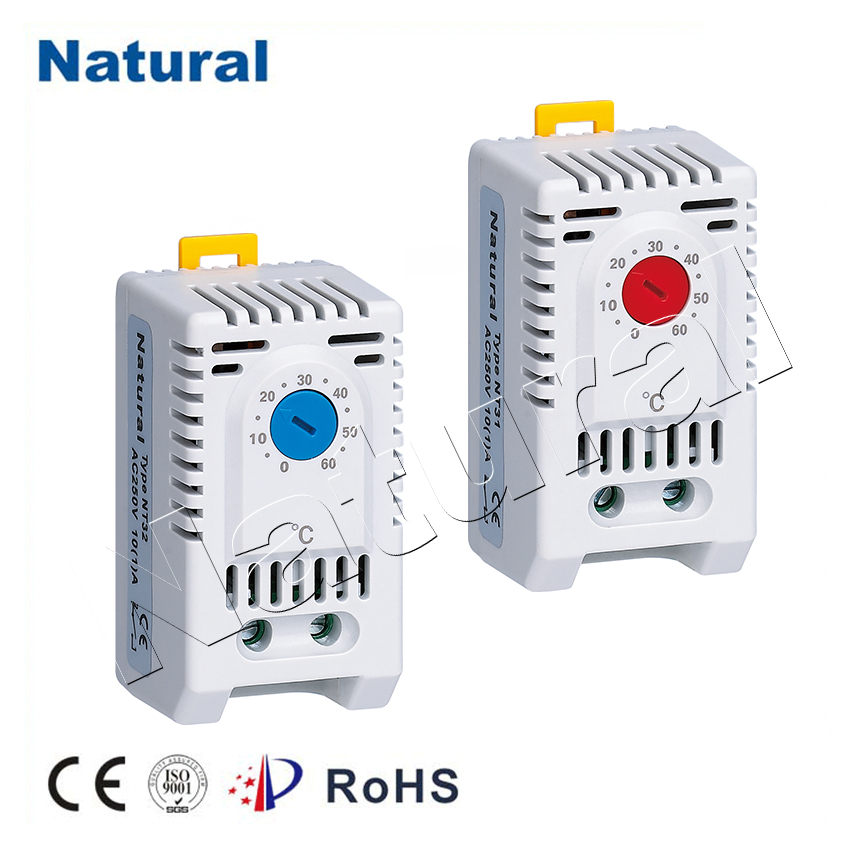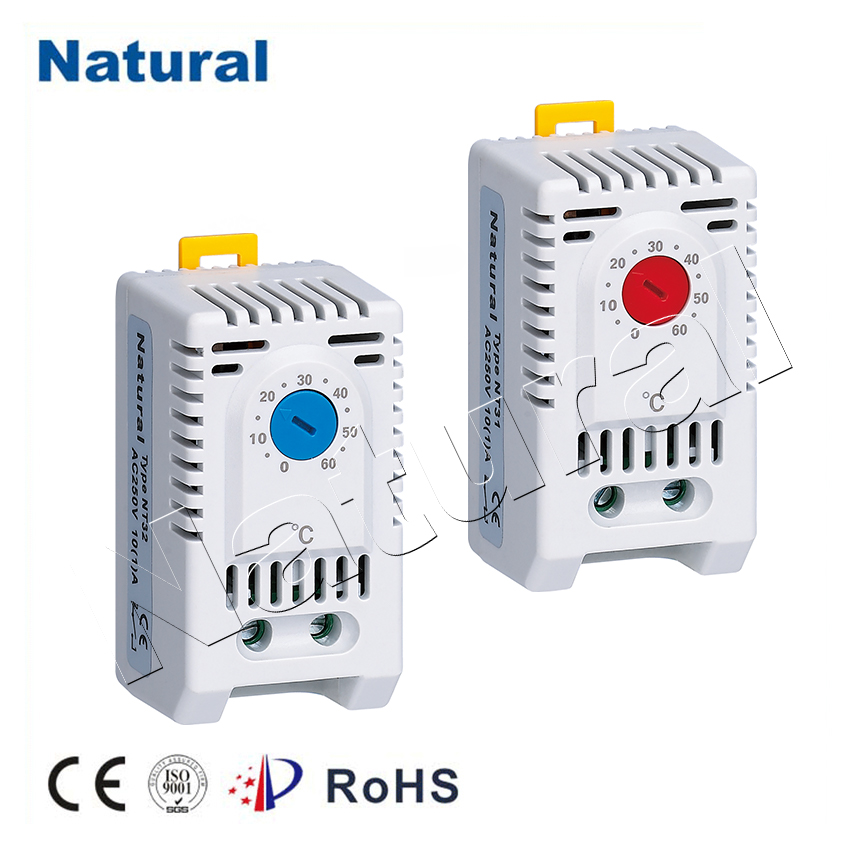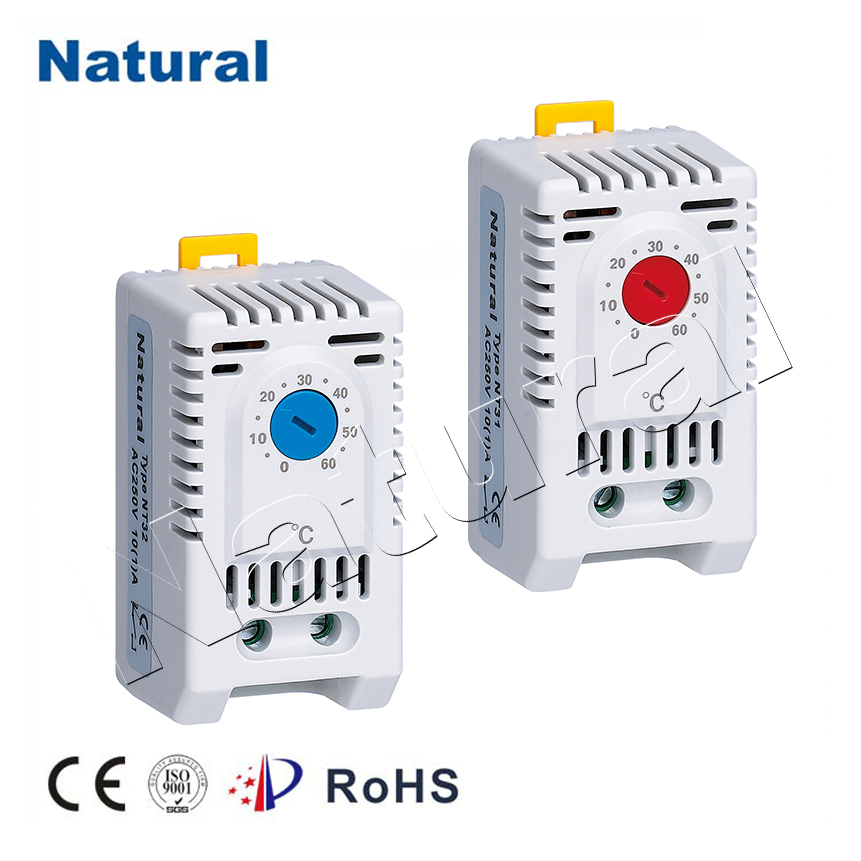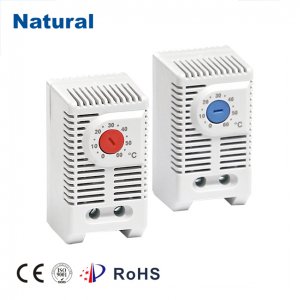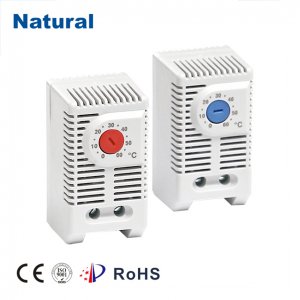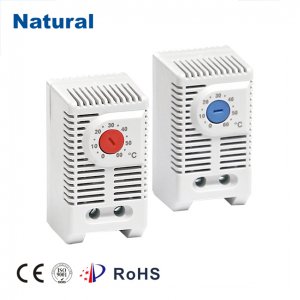Electrical cabinets house vital components that ensure the smooth operation of various electrical systems, from power distribution to automated machinery. These enclosures are designed to protect sensitive electrical equipment from environmental factors, such as dust, humidity, and temperature fluctuations. However, the internal environment of an electrical cabinet can become unfavorable without proper ventilation, which is where electrical cabinet filters play a critical role.
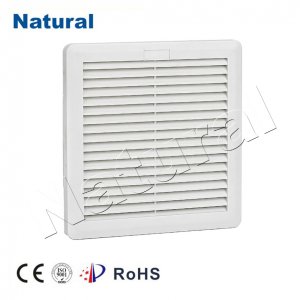
What is an Electrical Cabinet Filter?
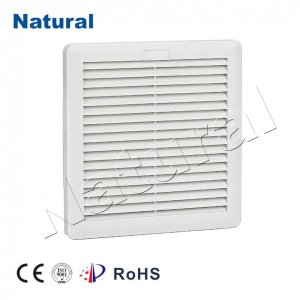
An electrical cabinet filter is a device that is installed on the ventilation openings of electrical cabinets to prevent dirt, dust, and other pollutants from entering. These filters ensure that the internal components of the cabinet remain clean and free from harmful debris. Typically, they are made from materials such as synthetic fibers, metal mesh, or foam, which allow air to flow freely while trapping particles. The filters come in various sizes and designs to suit the specific needs of different cabinet types and applications. Why Are Electrical Cabinet Filters Necessary? Protection Against Dust and Contaminants:
